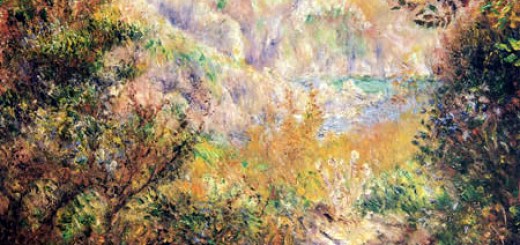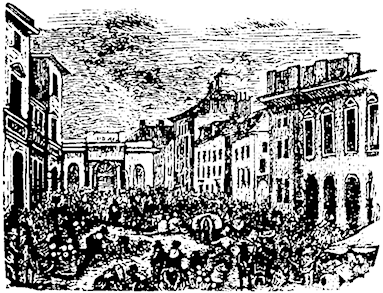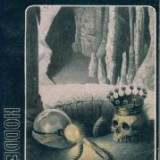‘I demand to know!’
He started and his face seemed to turn whiter still. He said in a low voice:
‘Who put that there?’
She had found it in a lumber room upstairs, turned to face the wall. There could be no mistaking who it was. Her mother had kept no likenesses of herself when young, but the face Sarnia had known as older, pain-racked, was familiar here in bloom and beauty. It displayed her head and upper body, in a black dress with puffed sleeves, white lace tied with pink ribbon at the neck, and a ruched lace cap with small white flowers edged by green leaves. It had been contrived that her left hand should be shown also, and the rings on her third finger: one a flat band of gold, the other of diamonds and rubies. The gold band Sarnia had seen often enough, and kissed it on her dead hand; the other ring, never.
On her face was an expression that mingled love, and trust, and hope. There were recognizable furnishings behind her: a corner of the gilded mirror that hung in this very drawing room, and the edge of the red curtains, then more deeply crimson. The picture had been painted here, during the brief happiness of her early married days.
Sarnia could not leave the picture where she found it. She had taken it downstairs, dusted it, and fixed it on the wall above the fireplace. There had seemed no harm in doing so: the prospect of her father leaving his bedroom, if he ever did, had seemed remote, and she had Troutaud’s word that he never used any room downstairs except his little one by the kitchen. But seeing his shocked thin face she regretted what she had done, and blamed herself. She could have hung the picture in her own room, where there would have been no possible chance of his seeing it.
He said again: ‘Who put it there?’ He was shaking. ‘I demand to know!’











